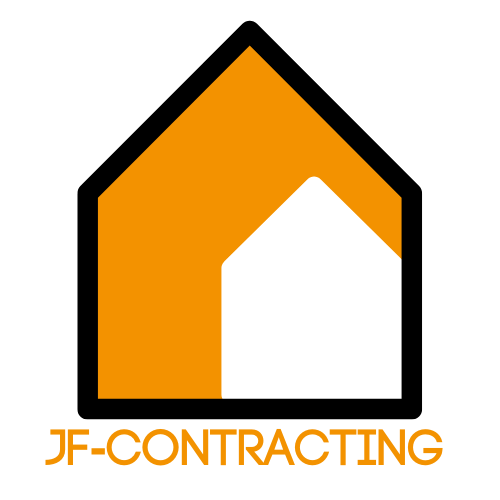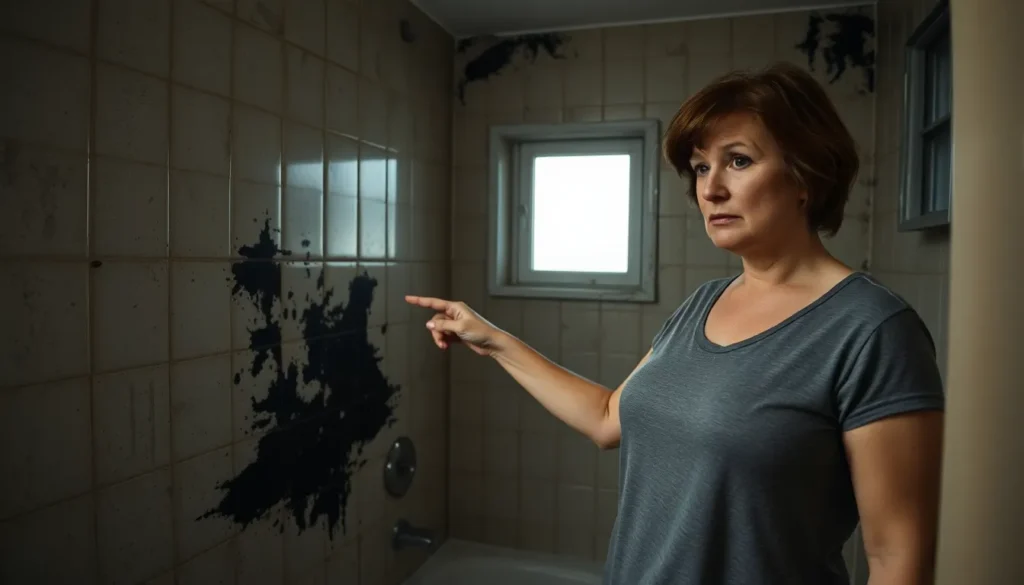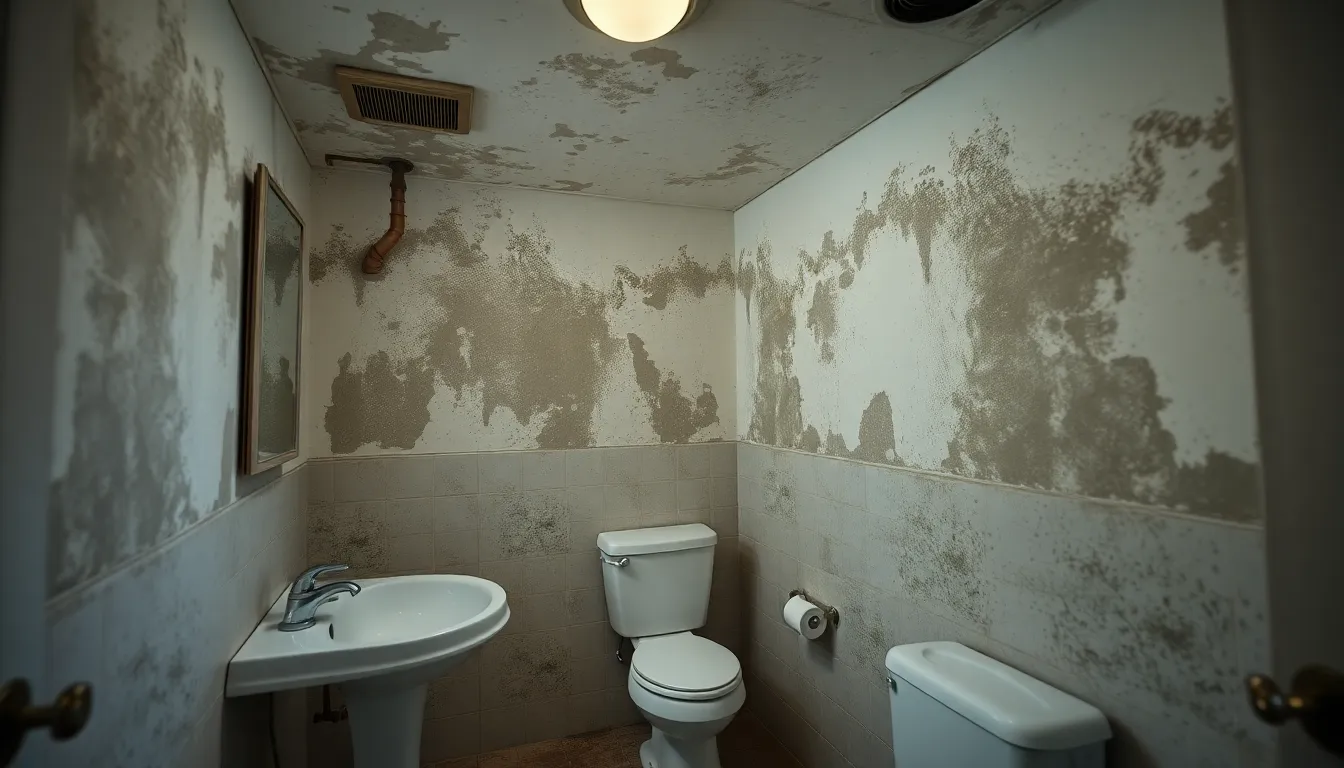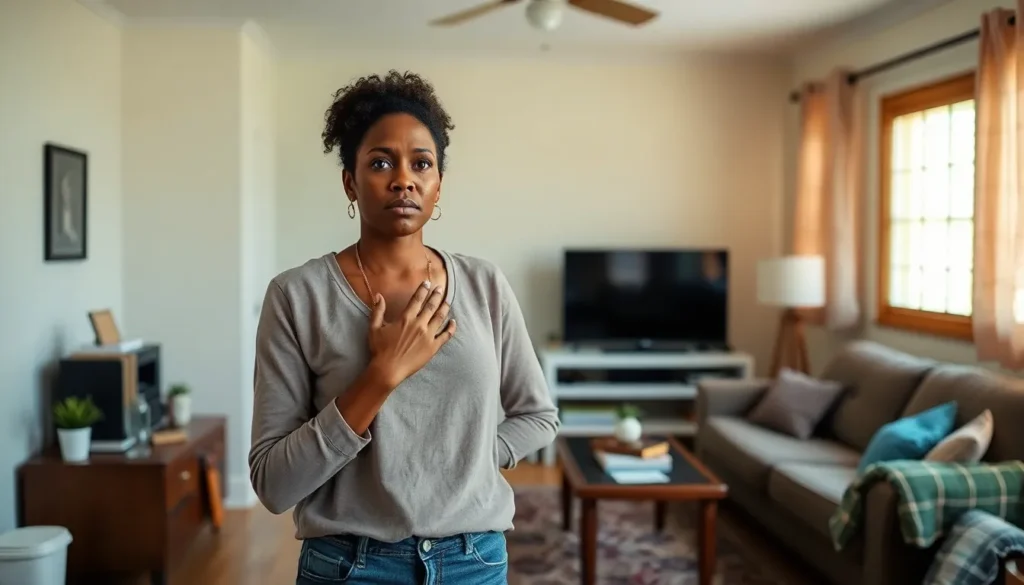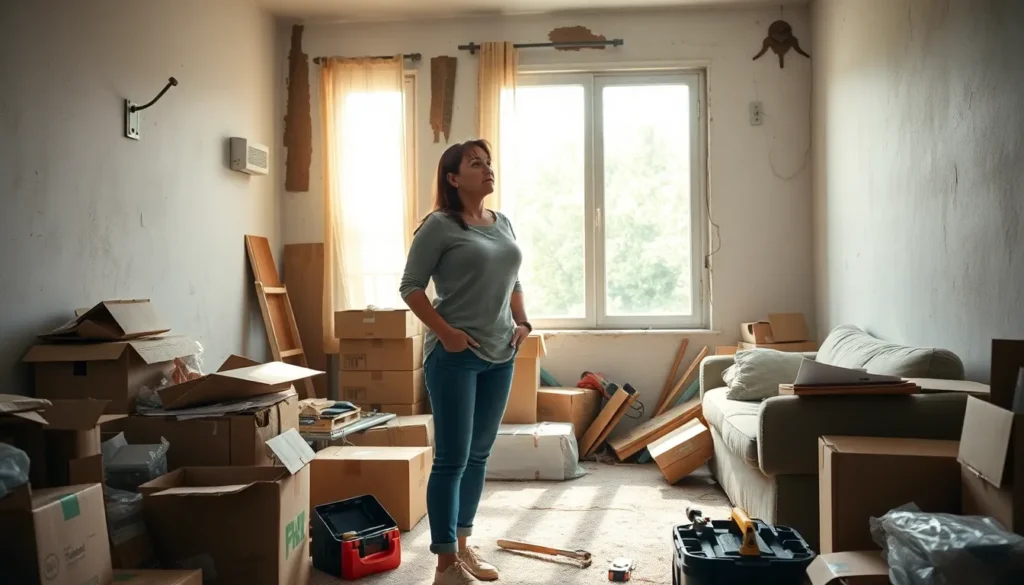Mold in rental properties is like that uninvited guest who overstays their welcome. It sneaks in when you least expect it, turning cozy homes into breeding grounds for all things fuzzy and green. For tenants, it’s not just an eyesore; it can threaten health and comfort. But fear not! Understanding mold is the first step to reclaiming your space and sanity.
Understanding Mold in Rental Property
Mold in rental properties can create significant health and comfort issues for tenants. Grasping the basics of mold can help address the problem effectively.
What Is Mold?
Mold is a type of fungus that thrives in damp environments. It reproduces through microscopic spores that spread easily through the air. While many molds exist naturally, some species can cause health problems in sensitive individuals. Exposure to mold can lead to respiratory issues, allergic reactions, and other health concerns. Identifying mold quickly ensures timely remediation, minimizing potential risks to tenants.
Types of Mold Commonly Found in Rental Properties
Certain mold types frequently appear in rental properties. Aspergillus often grows in warm, damp areas and can trigger respiratory issues. Cladosporium thrives in a wide range of environments, frequently found on fabrics and wood. Stachybotrys chartarum, commonly known as black mold, appears in areas with chronic moisture and can produce mycotoxins harmful to health. Understanding these types helps tenants and landlords manage mold problems effectively.
Causes of Mold Growth
Mold requires specific conditions to thrive, primarily excess moisture and poor ventilation. Understanding these causes helps in taking appropriate action against mold growth.
Moisture Issues
Excess moisture ranks high among mold growth causes. Water leaks from plumbing, roofs, or windows frequently create damp environments. Flooding incidents contribute significantly to mold outbreaks. Condensation on cool surfaces also prompts mold proliferation. Areas with high humidity, such as bathrooms and basements, often harbor excess moisture and become ideal breeding grounds. Regular inspections help identify any water-related issues promptly and mitigate potential risks.
Poor Ventilation
Inadequate ventilation fosters stagnant air, supporting mold growth. Rooms lacking airflow, especially kitchens and bathrooms, often experience moisture buildup. Closed windows and doors prevent fresh air circulation, trapping humidity inside. Exhaust fans play a crucial role in expelling moist air, but many properties lack proper fan installations. Clogged ventilation systems can also limit airflow, permitting mold to flourish. Ensuring regular maintenance can improve indoor air quality and curtail mold risks significantly.
Health Risks Associated with Mold
Mold poses significant health risks within rental properties. Understanding these risks before they affect occupants is crucial.
Allergic Reactions
Allergic reactions manifest in many individuals exposed to mold. Symptoms can include sneezing, nasal congestion, and skin irritation. Asthma sufferers may experience worsened symptoms when encountering mold spores. Research indicates that even small amounts of mold can trigger these reactions. In sensitive individuals, breathing difficulties may arise due to mold exposure. Avoiding damp areas and promptly addressing mold issues reduces the likelihood of these allergic episodes.
Long-term Health Effects
Long-term exposure to mold can lead to serious health complications. Chronic respiratory conditions may develop, impacting daily life. Coughing and wheezing become common for those with ongoing exposure. Studies show that some types of mold, like Stachybotrys chartarum, are particularly concerning. These molds can cause neurological problems and other serious health issues over time. Residents must report mold growth immediately to prevent long-term health effects, ensuring a safe living environment.
Tenant’s Rights and Responsibilities
Tenants possess specific rights and responsibilities regarding mold in rental properties, crucial for maintaining a safe living environment.
Legal Obligations of Landlords
Landlords must provide habitable living conditions, which include addressing mold issues promptly. Their responsibility encompasses conducting regular inspections to detect leaks and dampness. If mold is reported, timely remediation processes must take place. Additionally, building codes and health regulations often mandate landlords to uphold specific standards for air quality and moisture control. Failure to comply with these standards can result in legal action and possible liability for damages or health issues resulting from mold exposure. Tenants have the right to a healthy space, and landlords are obligated to uphold those rights in accordance with local laws.
Tenant’s Role in Prevention
Tenants play a significant role in preventing mold growth within their rental units. They should report any signs of leaks or excess moisture immediately, ensuring prompt landlord notification. Maintaining proper ventilation in bathrooms and kitchens is another essential task for tenants, helping to reduce humidity levels. Regularly cleaning areas prone to moisture, such as shower walls and windowsills, also aids in mold prevention. Using exhaust fans or opening windows during cooking and bathing further minimizes dampness. By actively managing their living space, tenants contribute significantly to the overall prevention of mold and the maintenance of a healthy home environment.
Steps to Address Mold Issues
Addressing mold in rental properties involves swift action and clear communication between tenants and landlords. Actively managing mold growth reduces health risks and restores a safe living environment.
Reporting Mold to the Landlord
Reporting mold to the landlord must occur immediately upon discovery. Tenants should document the mold’s location and extent with photographs for clarity. Communication should be clear and direct, specifying the issue’s urgency. Upon notification, landlords are obligated to assess and resolve the problem per building codes. Prompt reporting allows for effective remedies and prevents further mold spread. Checking the lease agreement can clarify tenant responsibilities regarding mold reporting. Keeping an open dialogue helps maintain a healthy living environment.
DIY Mold Removal Tips
DIY mold removal can be effective for small infestations. First, gather essential supplies such as gloves, masks, and cleaning solutions. Mix one cup of bleach with a gallon of water for a potent cleaning solution. Apply it to affected areas, ensuring thorough coverage. Scrubbing surfaces with a brush will help eliminate mold stains. Proper ventilation during the cleaning process is crucial for safety. After treatment, inspect regularly to prevent recurrence. Finally, maintaining low humidity levels and improving ventilation can significantly reduce future mold risks.
Conclusion
Addressing mold in rental properties is essential for both tenant health and property maintenance. Mold can lead to serious health issues and significantly impact the comfort of living spaces. By understanding the causes and risks associated with mold, tenants and landlords can work together to create a safe environment.
Regular inspections and open communication about moisture issues are vital. Tenants should proactively report any signs of mold, while landlords must respond promptly and effectively. With a collaborative approach to prevention and remediation, it’s possible to minimize mold risks and ensure a healthier living space for everyone involved.
